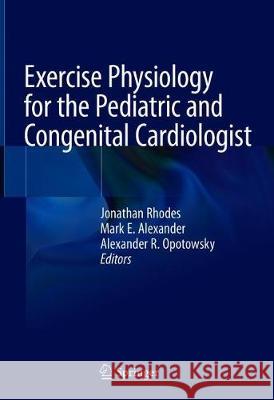Exercise Physiology for the Pediatric and Congenital Cardiologist » książka
topmenu
Exercise Physiology for the Pediatric and Congenital Cardiologist
ISBN-13: 9783030168179 / Angielski / Twarda / 2019 / 318 str.
Exercise Physiology for the Pediatric and Congenital Cardiologist
ISBN-13: 9783030168179 / Angielski / Twarda / 2019 / 318 str.
cena 564,88
(netto: 537,98 VAT: 5%)
Najniższa cena z 30 dni: 539,74
(netto: 537,98 VAT: 5%)
Najniższa cena z 30 dni: 539,74
Termin realizacji zamówienia:
ok. 22 dni roboczych
Dostawa w 2026 r.
ok. 22 dni roboczych
Dostawa w 2026 r.
Darmowa dostawa!
Kategorie BISAC:
Wydawca:
Springer
Język:
Angielski
ISBN-13:
9783030168179
Rok wydania:
2019
Wydanie:
2019
Ilość stron:
318
Oprawa:
Twarda
Wolumenów:
01











